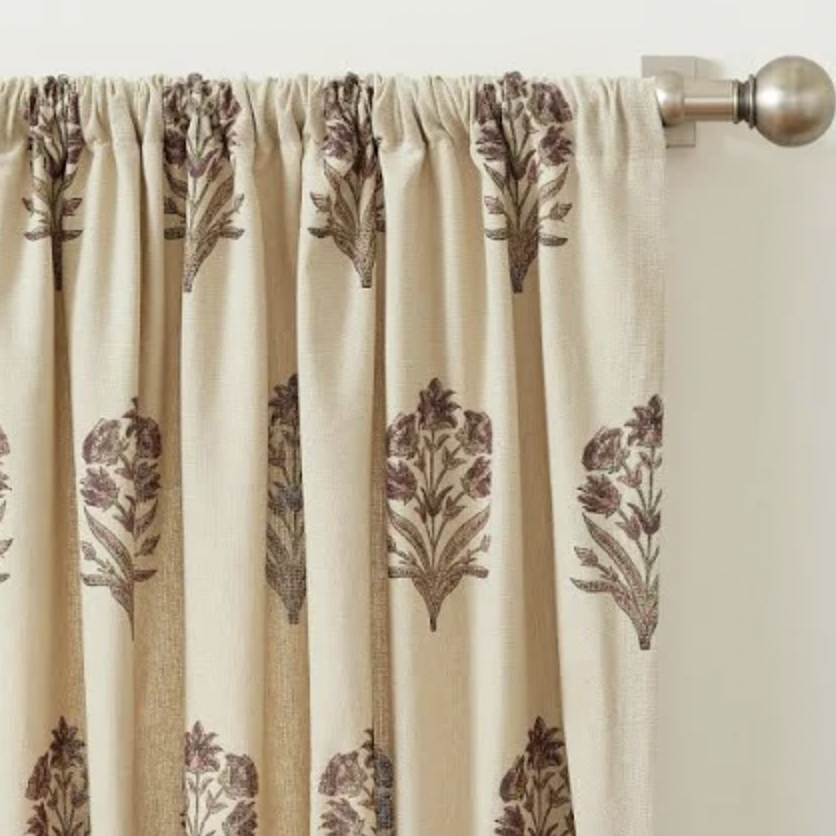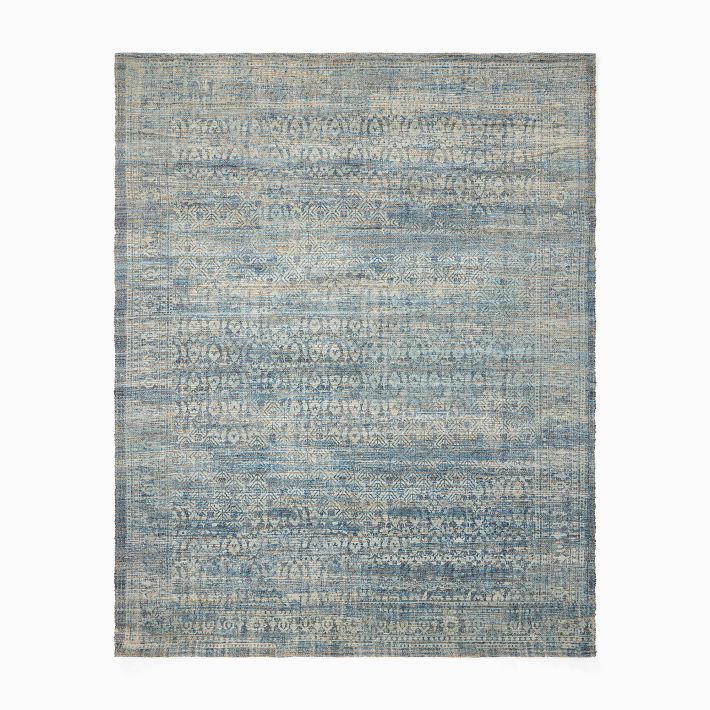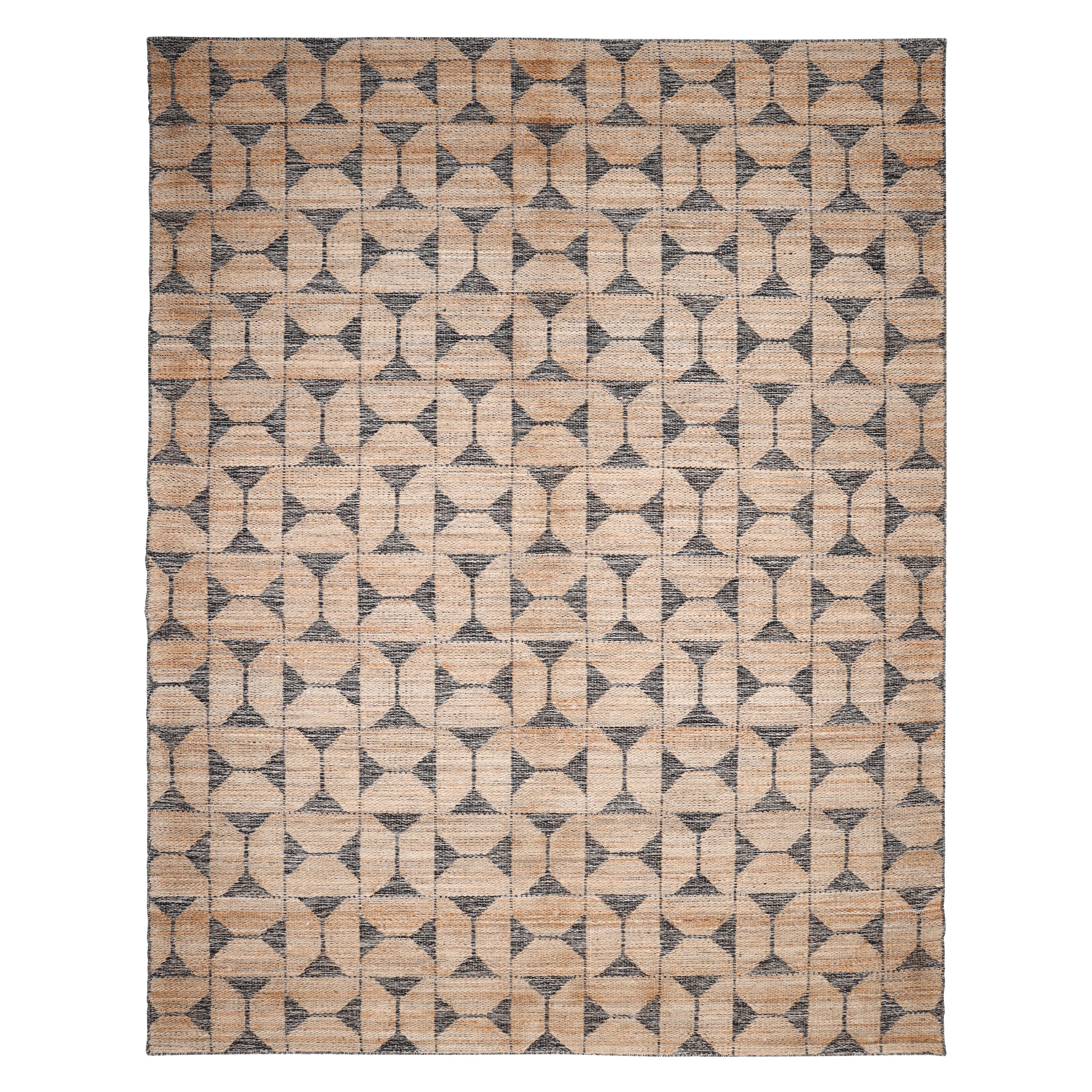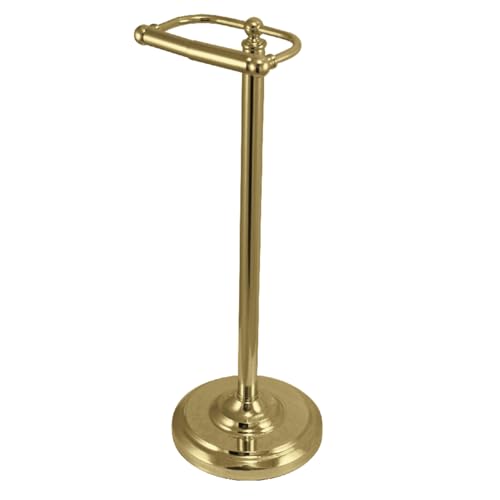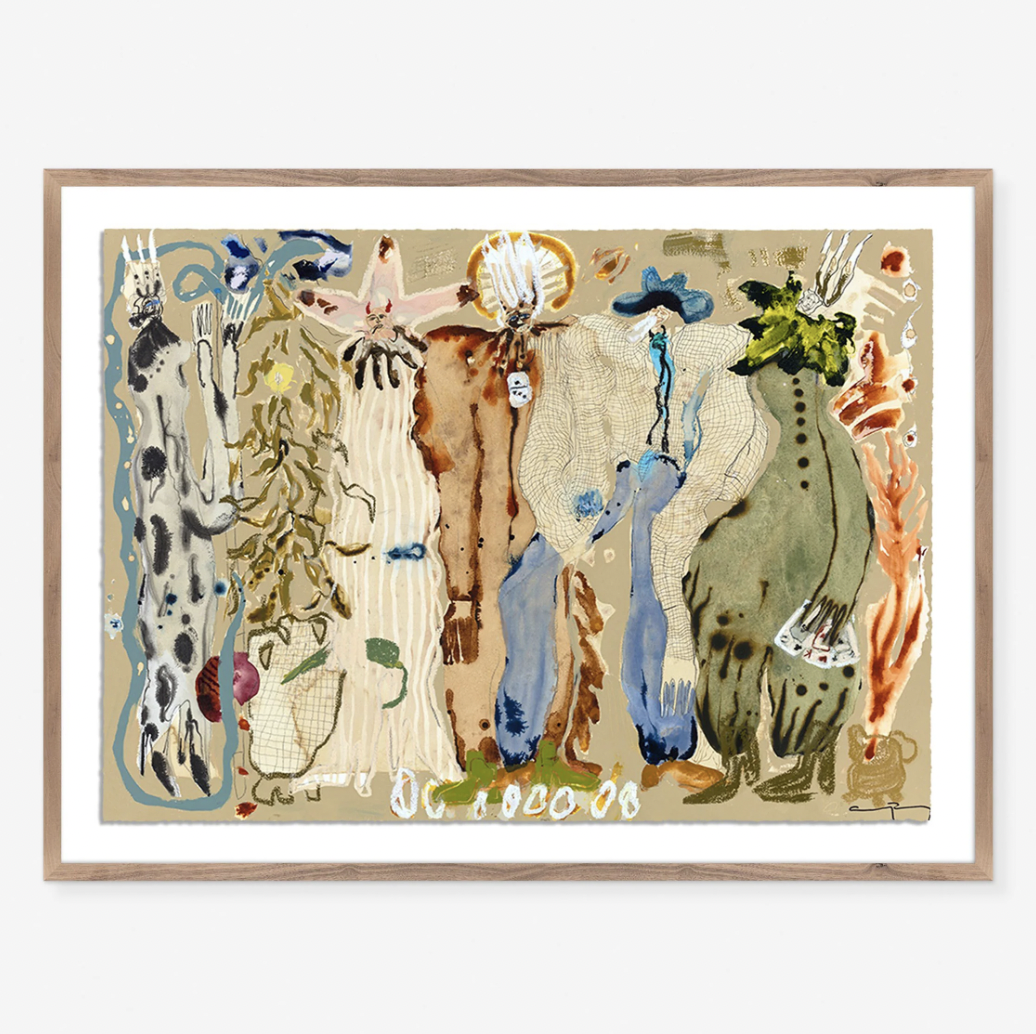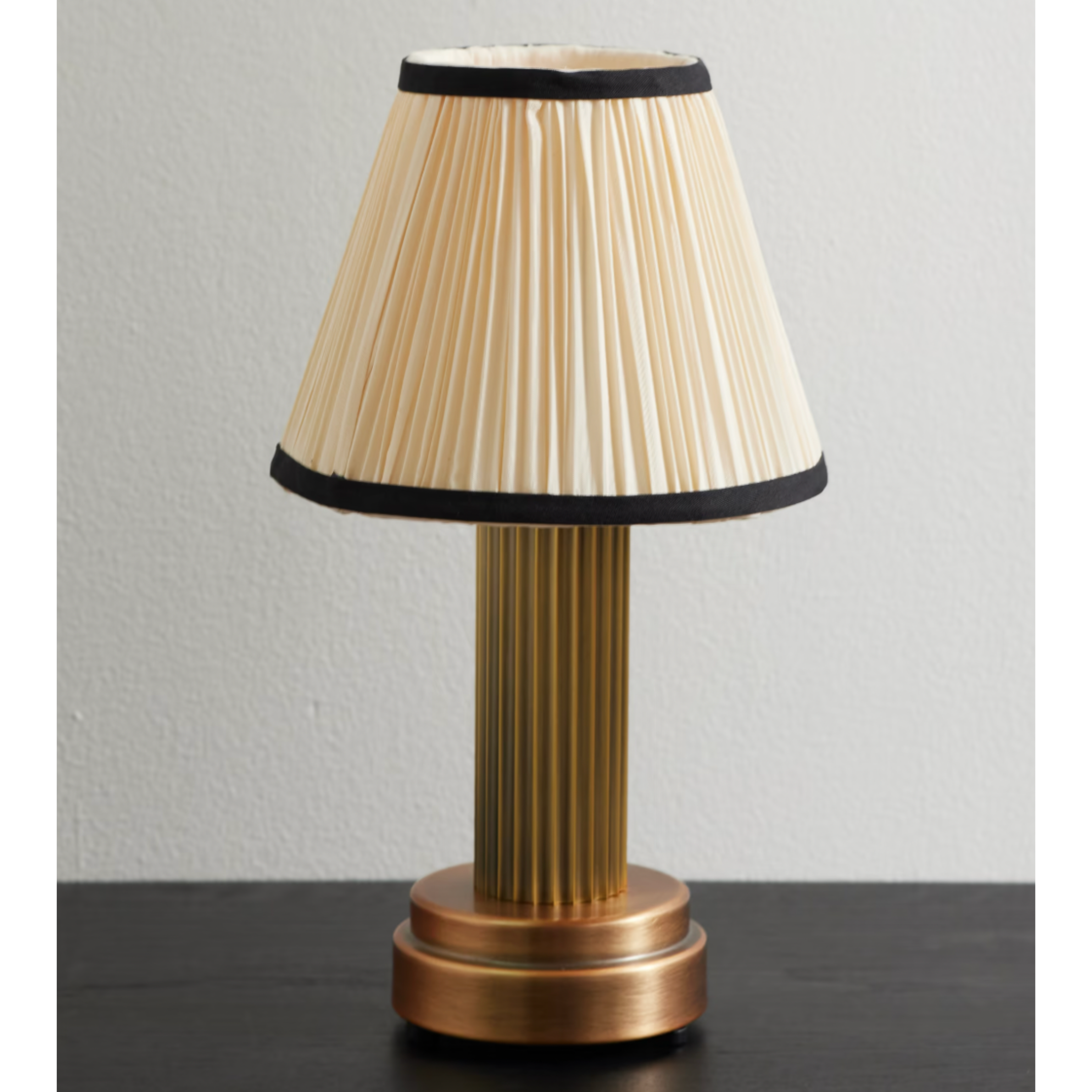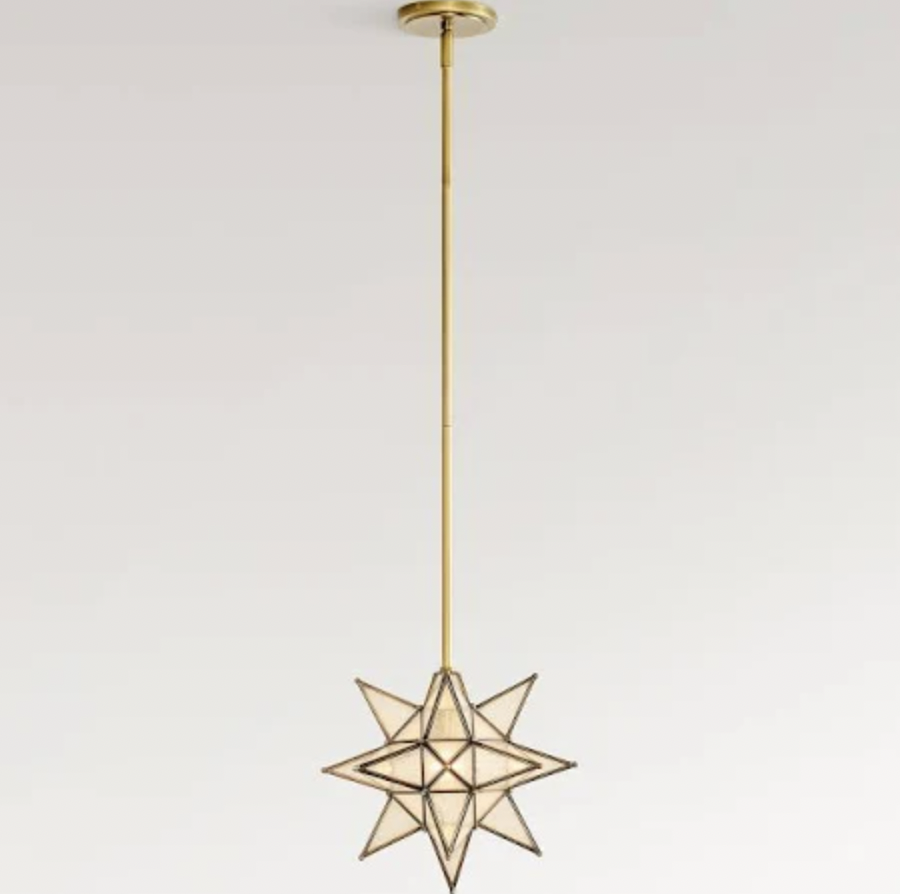Interior designers never waste their clients' money on these 6 things if they want a space to look elevated and luxe
Experts know where to slash the cash when decorating a home, but these design features, fads, and faux pas aren't worth their salt


Being an interior designer comes with great responsibility. They're entrusted to lead the aesthetic direction of space, conveying a style distinct to their client, all while keeping within the parameters of a budget. Suffice to say, they know a thing or two about where to spend and where to save when it comes to good home design, and there are certain elements that they'd never waste their clients' hard-earned money on.
Forgive us for stating the obvious, but designing a home doesn't come cheap. Most of us are happy to swap a few high-end finishes for something more budget-friendly along the way, but alas, you usually get what you pay for. Of course, there are features, furnishings, and fixtures that professional designers will outright avoid (ubiquitous low-cost flat-packs, for example), but there are also fads and faux pas that are easier to fall victim to (and, by virtue, burn a bigger hole in your wallet).
Before you start shopping for new furniture or decorating your home with all the latest interior design trends, it pays to refer to the interior designers' handbook for a few words of advice. From cut-rate hardware to curtains that fall short in more ways than one, here are six things interior designers never waste their money on (because if they're not prepared to spend on them, neither are we).
1. Short curtains
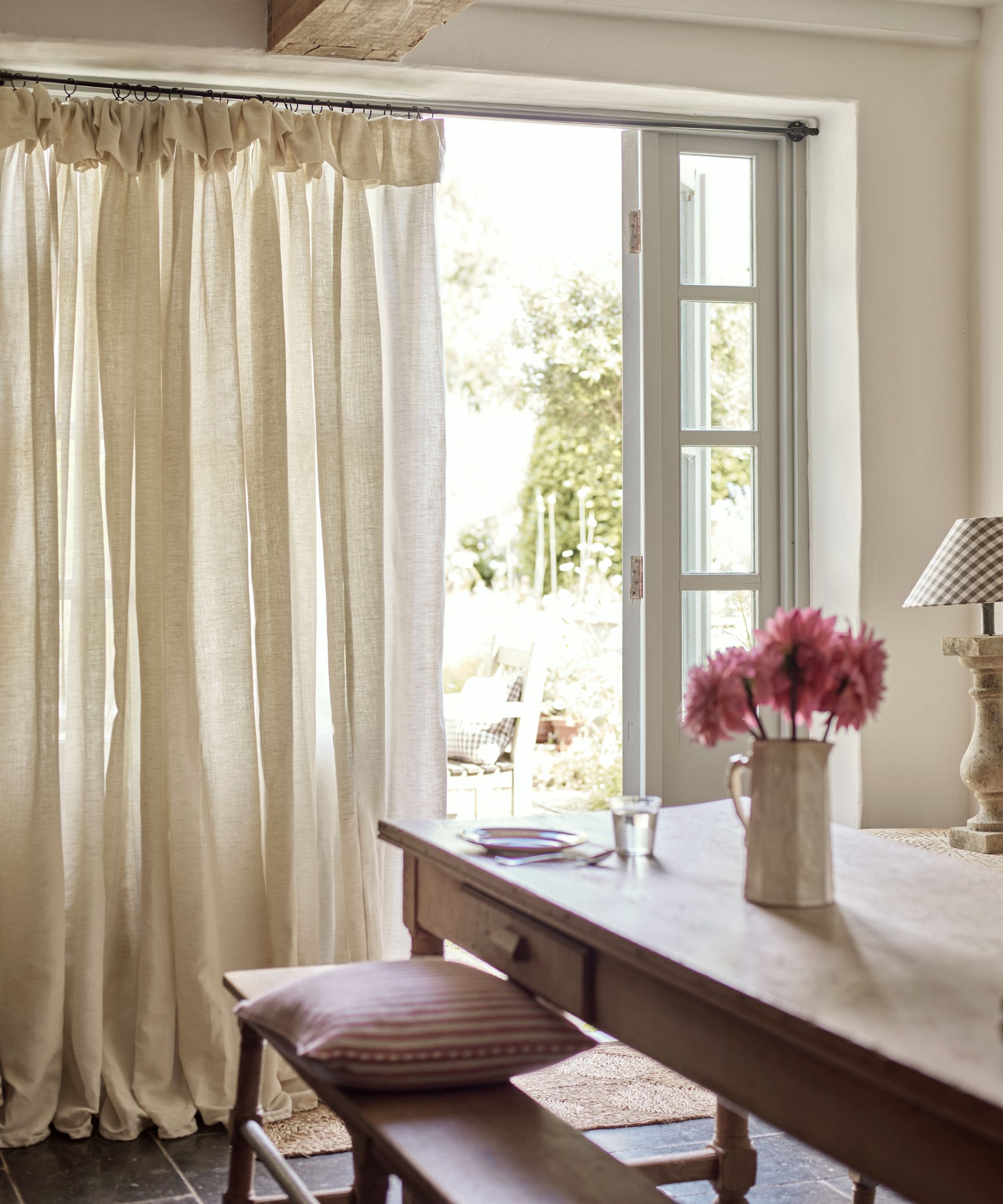
Interior designers don't always see eye to eye, but sometimes, just sometimes, they reach a unanimous verdict. A case in point? How long drapes should be. Short curtains are an interior designer's pet peeve, and they're certainly not something you'll see them wasting clients' money on. Settling for drapes that don't brush the floor is simply out of the question.
'If your curtains look like they shrank in the wash, they’re doing absolutely nothing for your space,' says Lauren Lerner, CEO and principal designer at Living with Lolo. 'Short curtains cut off the visual height of a room and make ceilings feel lower, which is the exact opposite of what we want.'
Instead, when it comes to curtain ideas, designers will always spend that little bit extra for drapes that hang high and wide. 'Just like you wouldn’t want to wear pants that are slightly too short, your windows deserve better, too,' says Lauren. 'I will always purchase curtains that kiss the floor or puddle slightly for that luxe, designer look.'
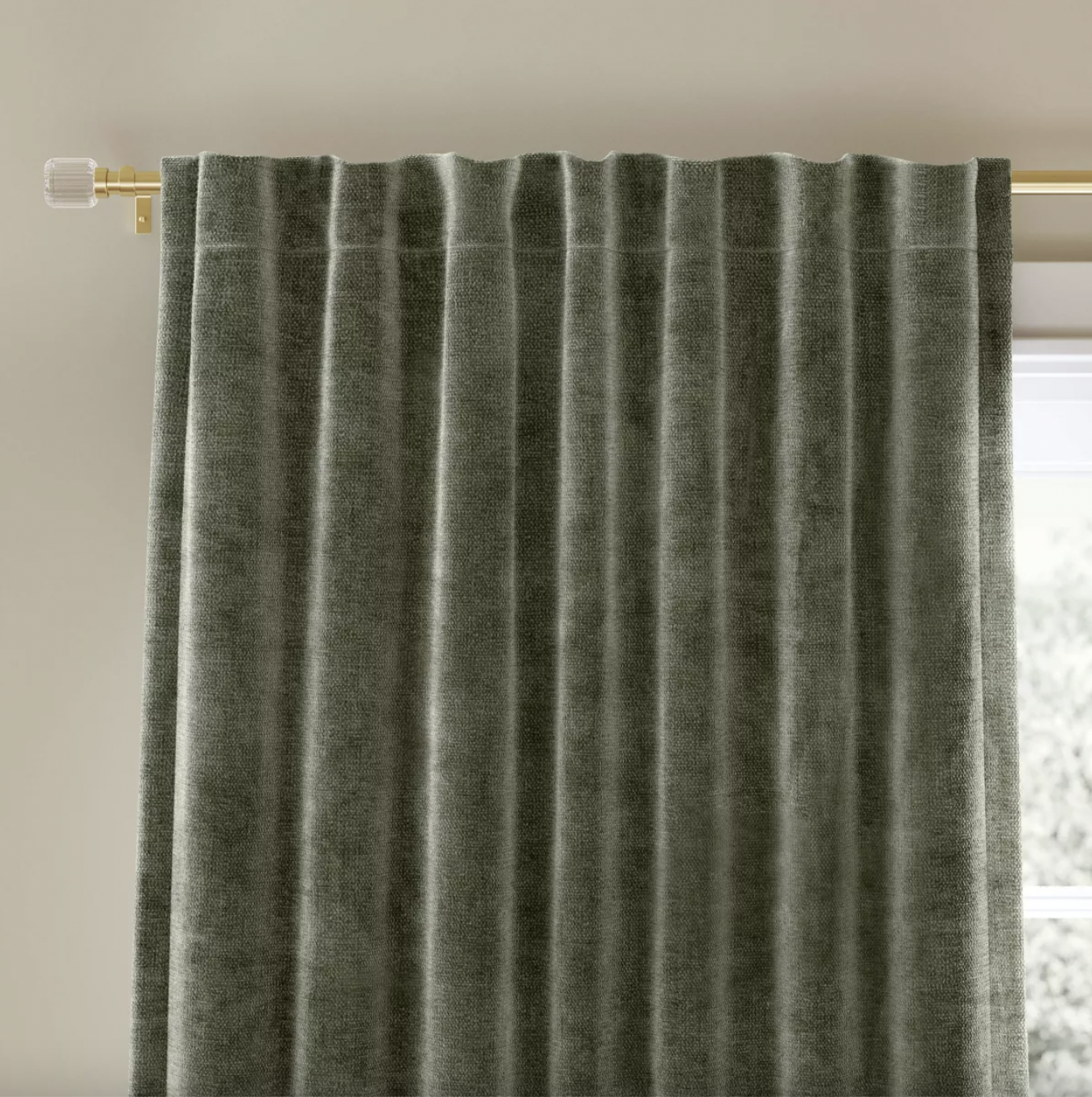
Curtain length is no laughing matter, but the way you choose to hang your drapes plays an important role, too. Don't settle for grommet curtains that can cheapen a space. Instead, go for sophisticated pinch pleats for rod pocket curtains, like this pair from Target.
2. Mass Market Rugs

Generally, you won't see designers scrimping on mass-produced furniture of any kind, but it can't always be avoided when you're on a budget. The key, as most professionals will tell you, is investing in a few worthy pieces that have the power to totally transform a space – like rugs, for example.
Design expertise in your inbox – from inspiring decorating ideas and beautiful celebrity homes to practical gardening advice and shopping round-ups.
Area rugs work wonderfully for grounding a room. They're a great way to cement a cohesive color scheme or introduce texture to soften a space, and the best rugs add a layer of warmth, both literally and figuratively. They also need to be durable, especially in high-traffic areas, so designers certainly won't waste money on cheap, cut-rate options from budget homeware brands.
Isabel Jackson, luxury interior designer and founder of Cheltenham Interiors, says a good rug is a foundation piece. 'Thin, synthetic rugs may be budget-friendly, but they lack the texture, depth, and durability of handwoven or custom-made options,' she says. She recommends companies like RuggleUp, which produces custom rugs that can be made-to-order online.
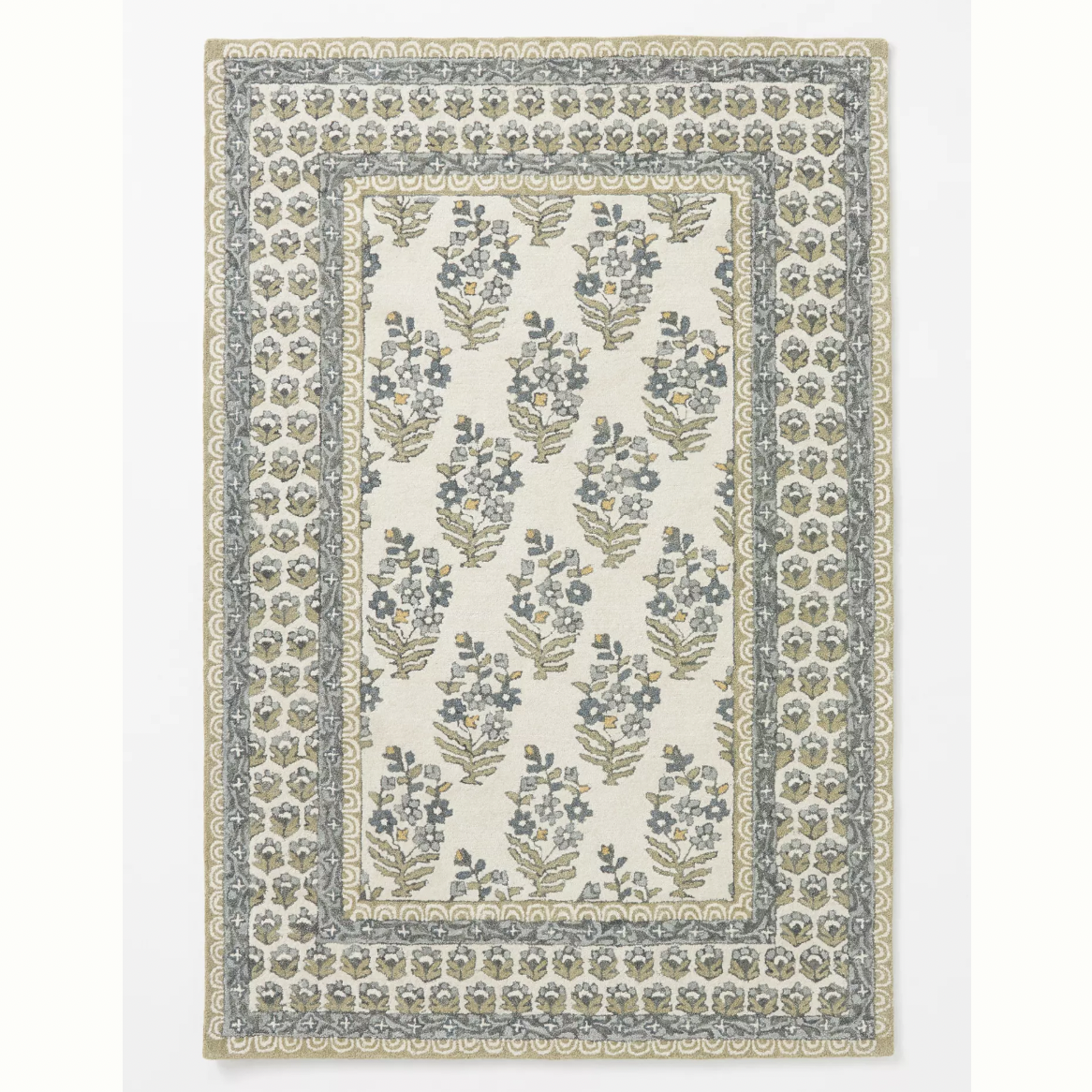
A tufted rug adds a layer of cloud-like comfort underfoot. Add a pretty pattern and you'll instantly draw the eye around the space, instead of landing on whatever's in the eyeline. Measuring 3'6" X 5'6", this area rug from Anthropologie brings pretty florals to your flooring.
3. Matching furniture sets

It might seem cheaper (and easier) to buy a matching furniture set for your living room, but designers all declare that they're a waste of money. The 'matchy-matchy' aesthetic gets a big thumbs down from the pros, and although it might be more expensive to invest in individual pieces outright, designers promise it's an investment worth making.
To prevent a home that looks too 'cookie-cutter' and off-the-shelf, keep your furniture varied. 'Nothing says “furniture showroom” like a matching living room sofa, loveseat, and chair combo,' says Isabel. 'Designers prefer curated, complementary pieces that create a layered, collected feel.'
Kerith Flynn, principal and founder of Margali & Flynn Designs, agrees. 'Matching furniture sets can feel too rigid and lack character,' she says. 'While having a cohesive style is important, overly matching pieces can look sterile and uninspired. Mixing and matching different furniture pieces can add variety, personality, and depth to the room, giving it a more curated and lived-in feel.'
Instead of sticking to a single matching set, she suggests creating a space that feels more personalized and dynamic by mixing different furniture styles, textures, and materials. 'Choose a few key pieces that share a common thread, like color, material, or shape, to create a sense of cohesion while introducing variety and interest,' Kerith notes. 'And don't be afraid to mix different eras or influences.' Think, a leather accent chair next to a cozy bouclé sofa, for example, rather than a matching bouclé-clad armchair.
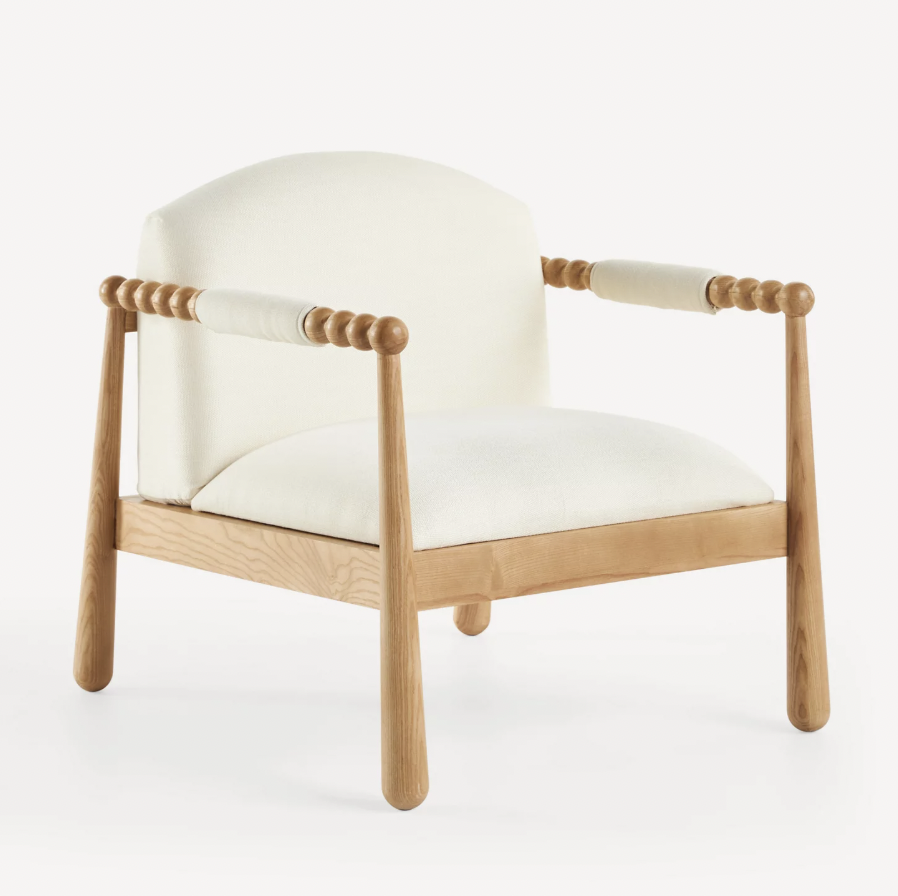
An accent chair should stand out from the surrounding design. Take this pick from Anthropologie. The organic form, with rounded legs and bobbin armrests, feels truly unique, but would complement a luxe, chenille sofa in a rich burgundy or ochre so beautifully.
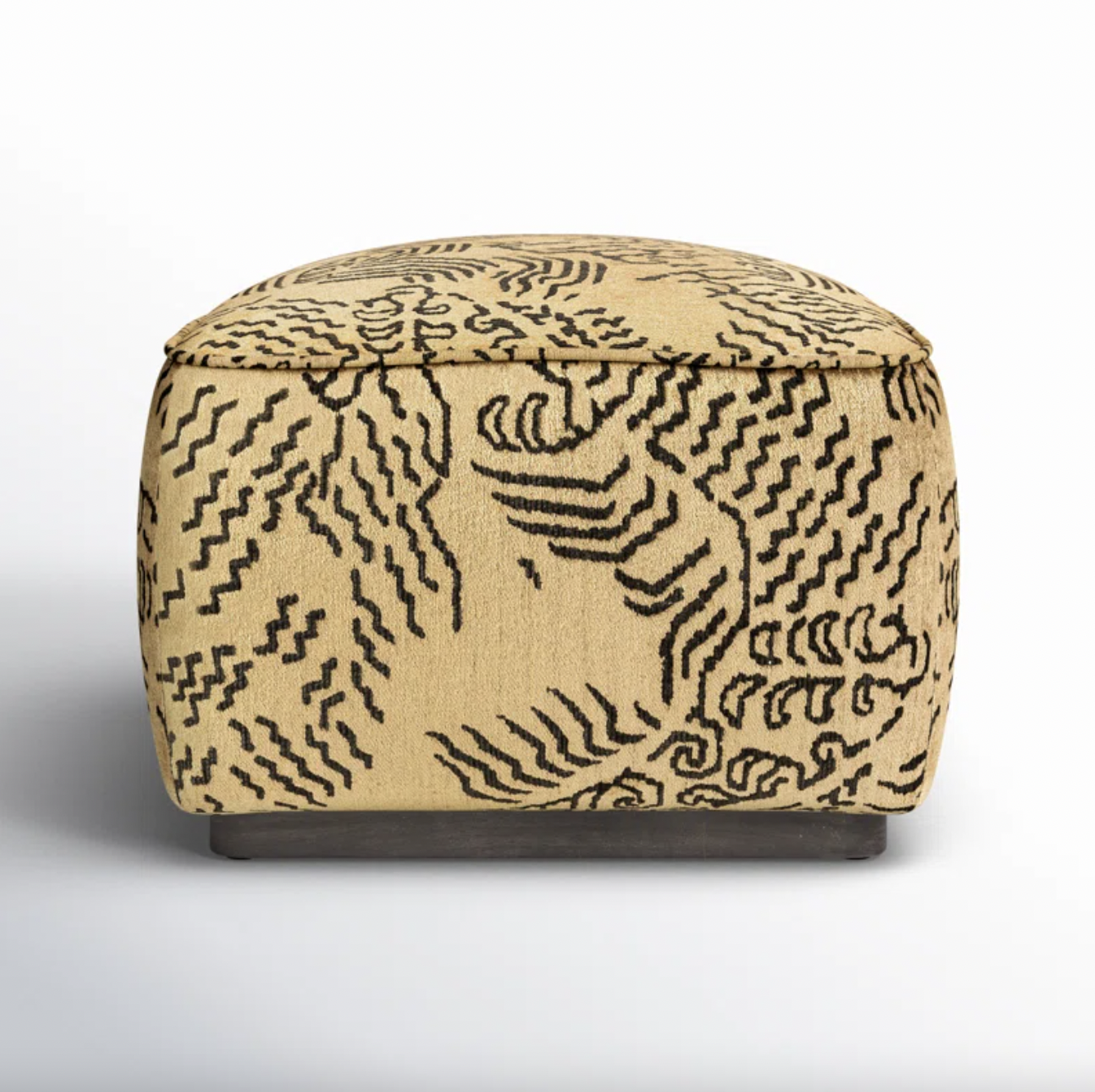
A cream sofa, a cream footstool, a cream armchair... cheap, simple, but so uninspiring. Instead, experiment with pattern when choosing your living room furniture. This bold print is cropping up everywhere in 2025, and it feels 'out-there' enough without being risky.
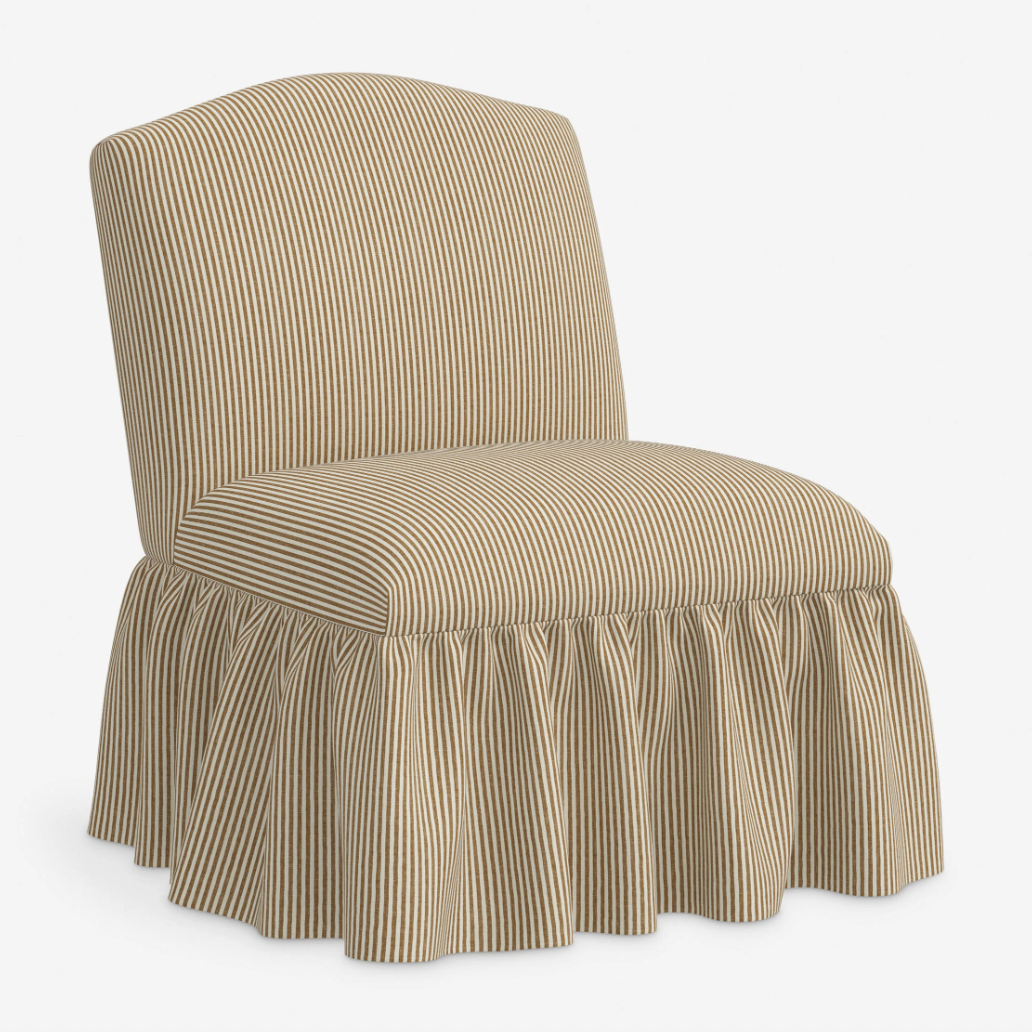
A great way to offset patterned furniture? A simple narrow stripe. Almost neutral in its qualities, furniture with striped upholstery feels dainty, layering in just enough detail without overdoing it. For extra impact, choose a frilly chair skirt for a decorative touch.
4. Cheap hardware
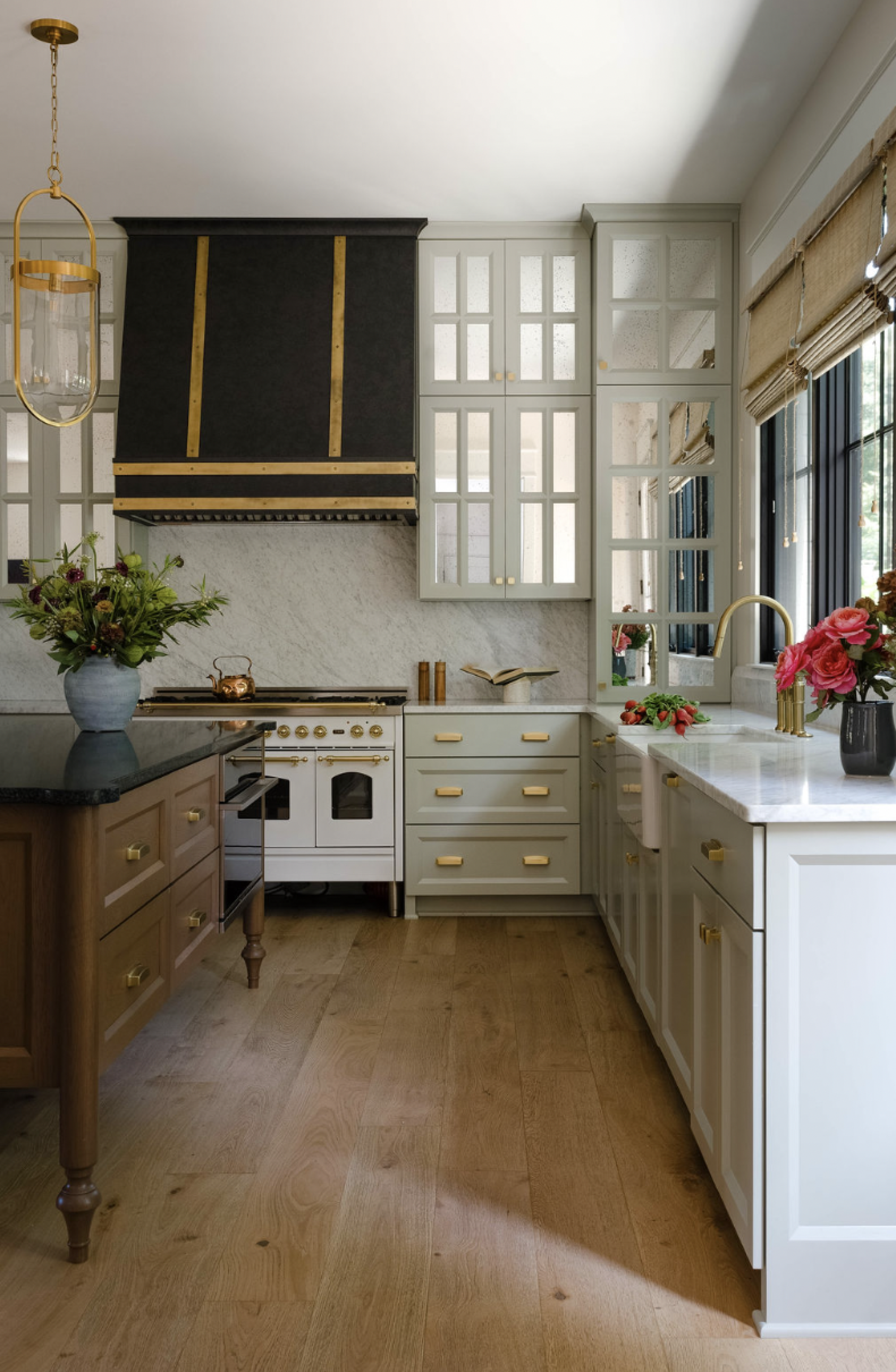
According to designers, there's absolutely no point in wasting money on cheap hardware in the bathroom or kitchen. The jewelry of a room, so much of our hardware is tactile in nature, so there's no way of hiding cut-rate finishes. Be it cabinet pulls or towel rings, your best bet is to splurge on quality options.
'I think one of the most frustrating experiences is a toilet paper holder that is broken or isn’t properly secured to the wall,' notes Ashley Macuga of Collected Interiors. 'It might be enticing to save a few bucks with an online purchase of a toilet paper holder that's half the price of one at a plumbing store, but I can promise you that in your most vulnerable moments, you will wish that the toilet paper holder had a little more staying power.'
Choosing the best hardware for your kitchen or bathroom doesn't necessarily mean finding the most expensive option out there, but paying that little bit extra will promise a return on investment in the long term.
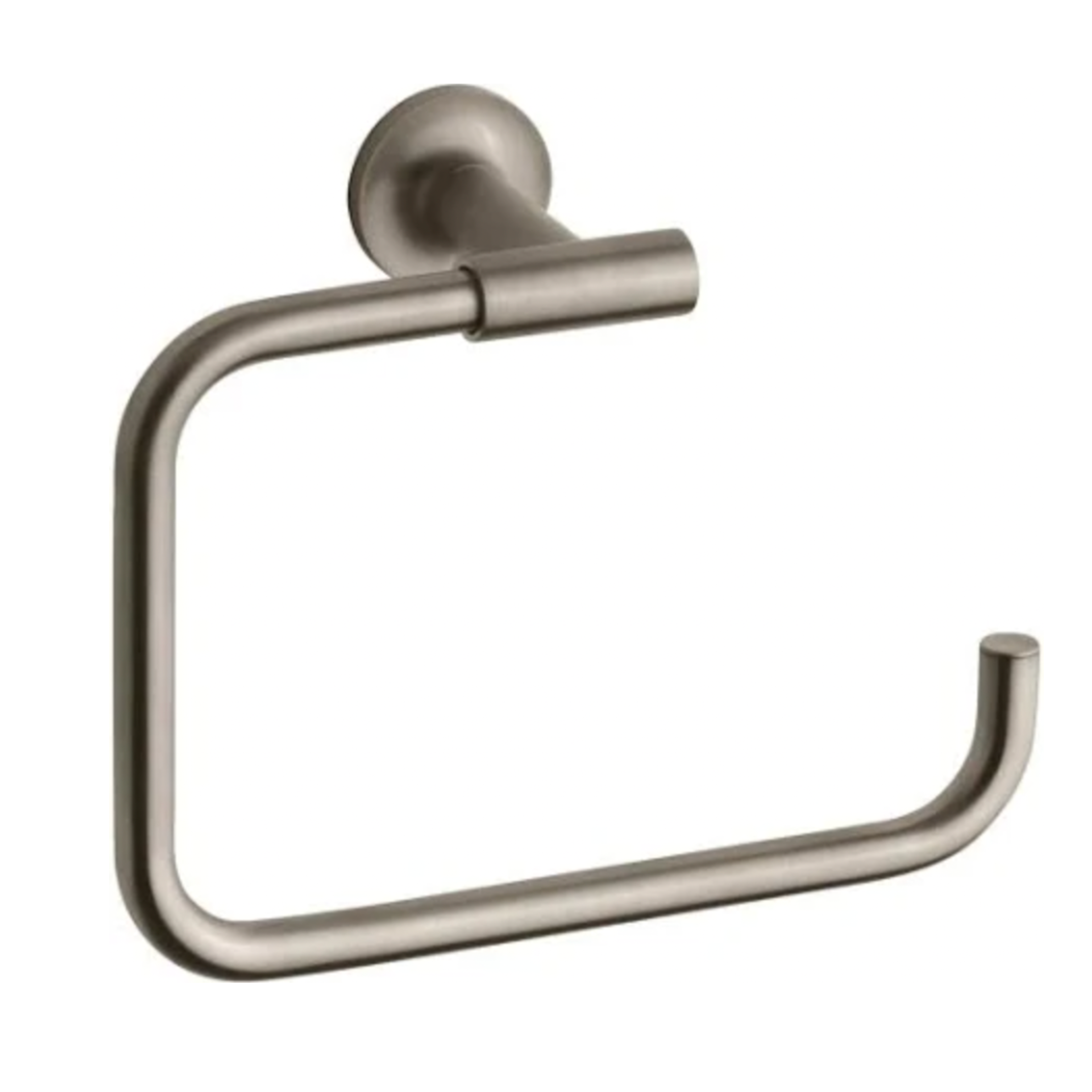
Kohler is the luxury brand for bathroom fittings. For a towel ring design that feels expertly crafted and structurally sturdy, consider treating yourself to this brushed nickel option, available at Lowe's. Consider good bathroom hardware one of life's small pleasures.

This 6" pull comes in a range of different sizes. The cool walnut wood feels timelessly elegant, while the antique brass detailing gives the design that modern edge. It's understated luxury, and it communicates so much more than off-the-shelf cabinet pulls could alone.
5. Fake Statement Art

We're way past 'live, laugh, loving' our way through wall decor ideas, but designers are still too scarred to spend money on any form of typographic art (unless it's bold and large format – think Bauhaus-esque prints).
'We get it: your kitchen is for "gathering" and your laundry room is for "sorting life one load at a time", but when every surface is covered in inspirational quotes, your home starts feeling more like a Hobby Lobby clearance aisle than a thoughtfully designed space,' explains Lauren. 'Let your space tell a story with textures, colors, and collected pieces – no captions necessary.'
The same goes for generic prints or famous artworks, which Isabel says can cheapen a space. 'Designers invest in original or thoughtfully curated pieces – even if small – to add soul and authenticity to a room,' she says.
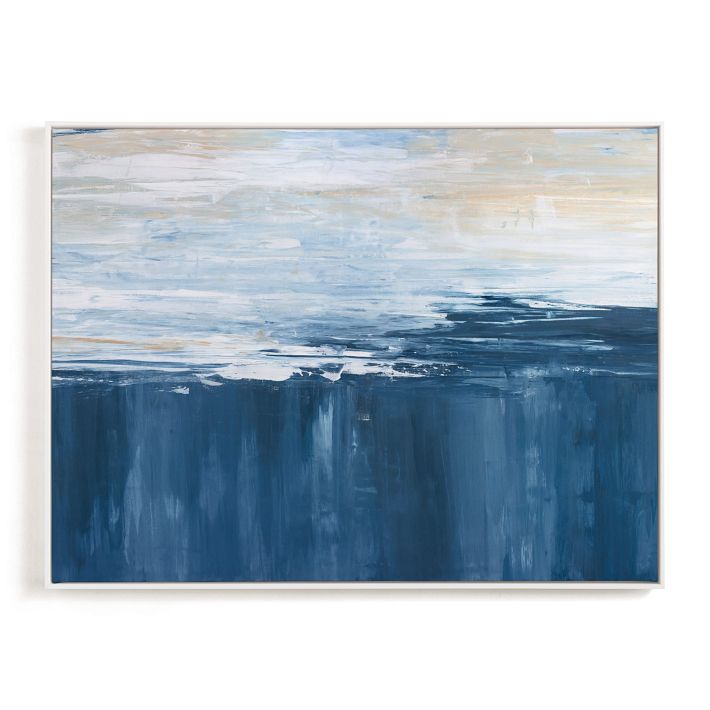
Art is all about buying something that speaks to you, whether you're into modernist paintings or vintage prints. It's hard to suggest where to start as art is so subjective, but the beautiful blue brush strokes in this wall art feel like an ultra calming choice for a living room, bedroom, or bathroom.
6. Low-budget lighting

Last but certainly not least, designers won't go near low-budget lighting with a barge pole. Those mass-produced pendants picked off a shelf are a no-go. 'Instead, we avoid cookie-cutter chandeliers and pendants in favor of custom, artisanal, or vintage lighting that adds true character,' says Isabel.
Lighting trends can move quickly, and cheap fittings might seem like an easy solution to cut down your decor bill. However, we promise that you (and, more notably, your guests) will notice when you've hung a plastic or aluminum fitting overhead instead of, say, brass or nickel.
The secret is to avoid settling for sub-par to start with ('builder-grade dome lights are the scourge of ceilings everywhere,' says Lauren), and spending wisely when it comes to redecorating. 'A vintage-inspired fixture or some well-placed recessed lighting paired with stylish sconces, for example,' says Lauren. 'Your ceiling and your design sensibilities will thank you.'
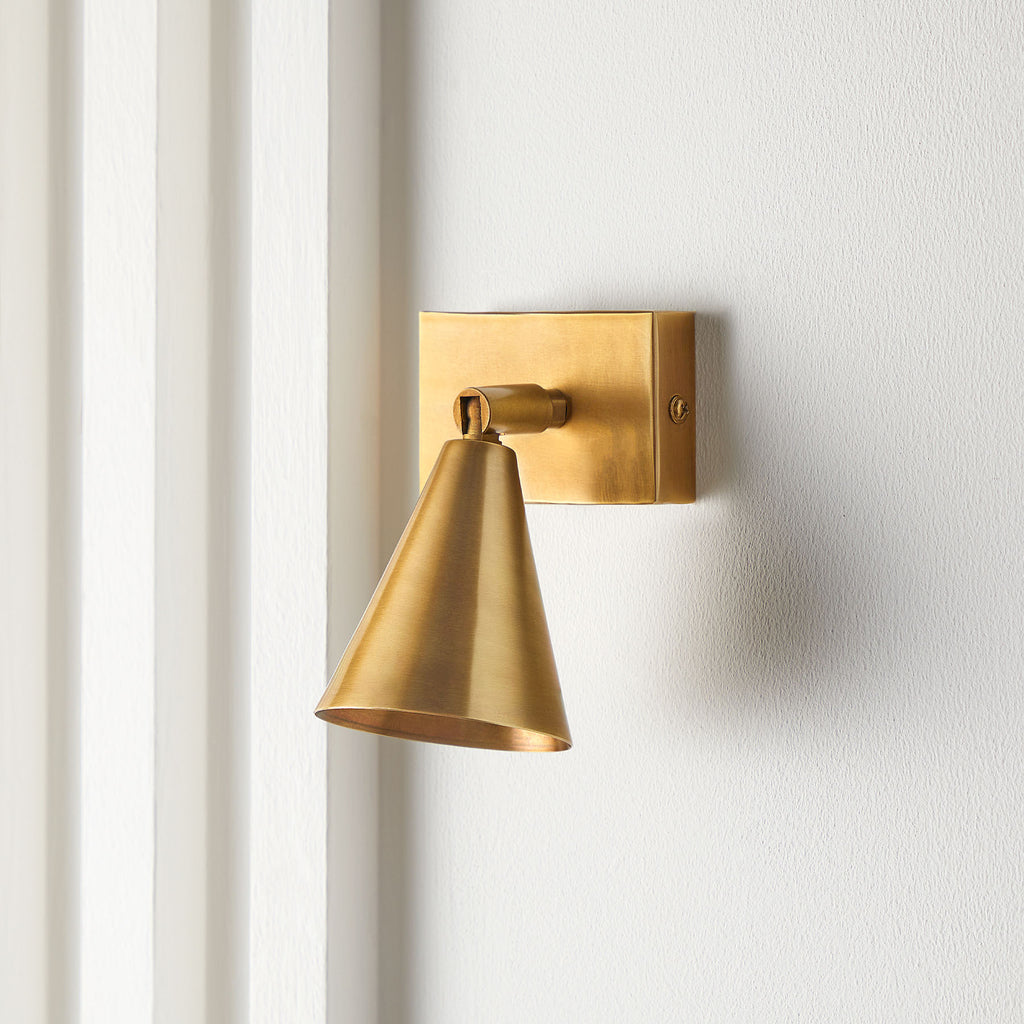
Pooky is the place to shape for quality lighting fit for every style. This sconce can be easily angled for clever task lighting, with an antiqued brass finish that feels so elegant. Use above a living room painting for a daintier take on a gallery light.
The main takeaway from this designer advice is don't scrimp on the everyday decor, the things you see and use all the time. You want these features to last, of course, but those key, small details around your home that you touch or look at all the time are the ones you want to notice, they are the ones that will elevate your whole home.

Lilith is a freelance homes and interiors writer. As well as contributing to Homes & Gardens she's written for various other titles homes titles including House Beautiful and Livingetc.
You must confirm your public display name before commenting
Please logout and then login again, you will then be prompted to enter your display name.
